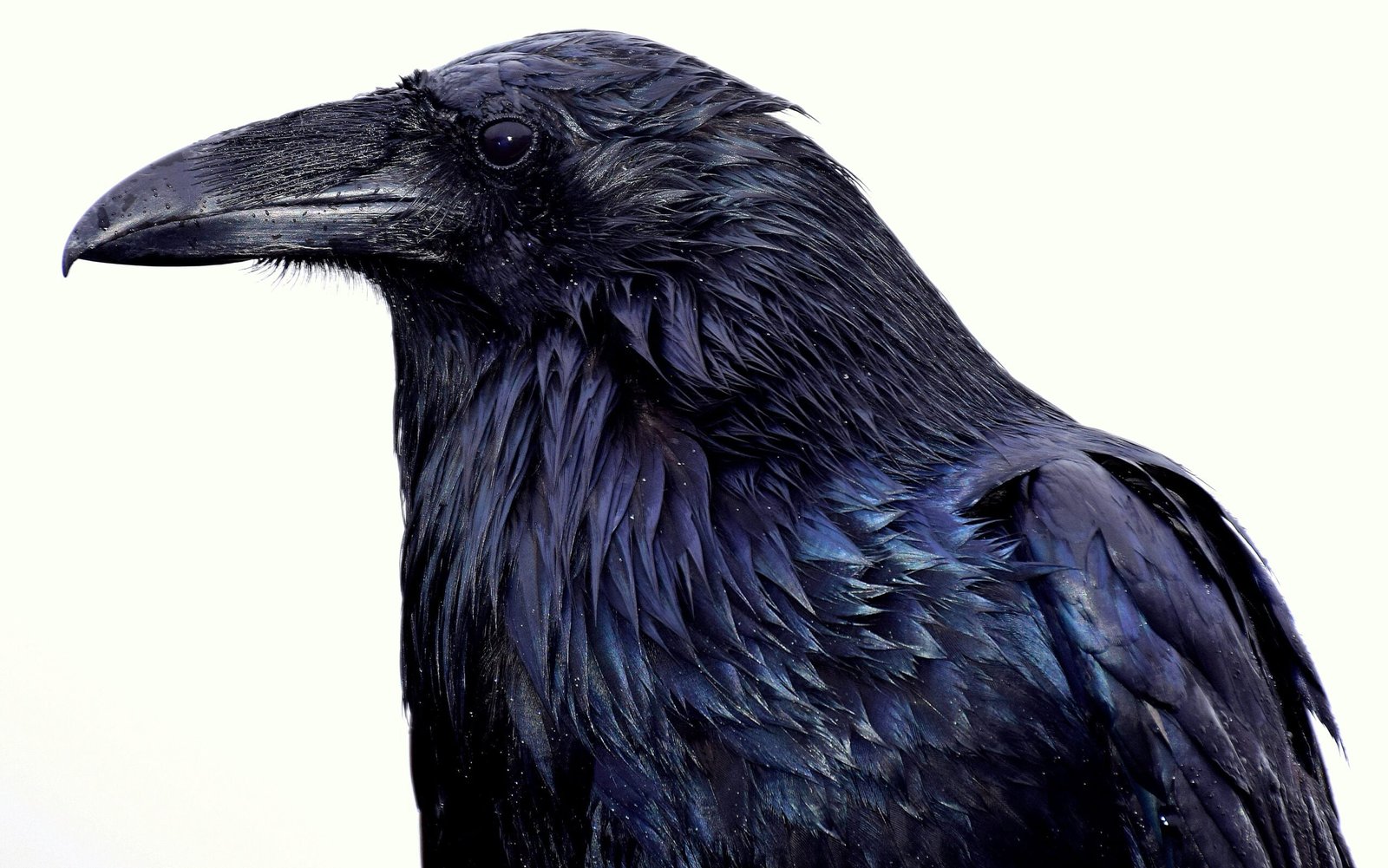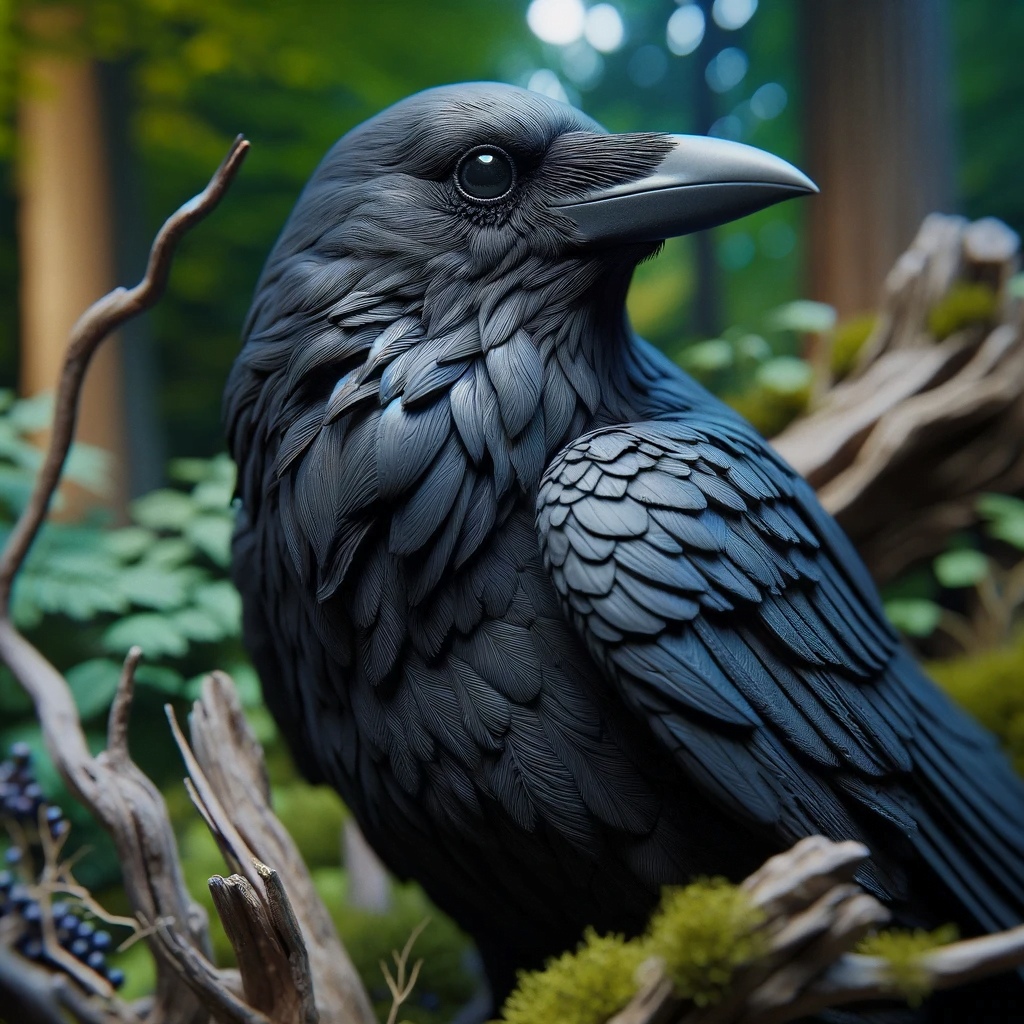Cape Crow or Cape Rook: A Fascinating Bird of the African Coastline
December 28, 2023 | by BlackCrow.com

The Cape Crow, also known as the Cape Rook, is a remarkable bird species found along the African coastline. With its distinctive appearance and interesting behaviors, this bird has captured the attention of birdwatchers and nature enthusiasts alike.
Physical Characteristics
The Cape Crow is a medium-sized bird, measuring approximately 45-50 centimeters in length. It has a glossy black plumage, which gives it a sleek and elegant appearance. Its beak is strong and slightly curved, allowing it to forage for food effectively.
One of the most striking features of the Cape Crow is its bright yellow eyes, which contrast beautifully with its black feathers. These eyes are not only visually appealing but also serve a practical purpose. They provide excellent eyesight, enabling the bird to spot prey from a distance.
Habitat and Distribution
The Cape Crow is primarily found along the southwestern coast of Africa, from Namibia to South Africa. It prefers coastal areas, including rocky shores, estuaries, and sandy beaches. This bird has adapted well to human presence and can also be seen in urban areas, such as towns and cities along the coastline.
Unlike many other crow species, the Cape Crow is not highly migratory. It tends to remain within its preferred coastal habitats throughout the year. However, it may make short-distance movements in search of food or nesting sites.
Behavior and Diet
The Cape Crow is an intelligent and resourceful bird, known for its problem-solving abilities. It is often seen using tools, such as sticks or rocks, to extract prey from crevices or to crack open shells. This behavior demonstrates its adaptability and ingenuity.
These birds are opportunistic feeders and have a varied diet. They primarily feed on invertebrates, such as crabs, mollusks, and insects, which they find along the shoreline. Additionally, they also scavenge for food in urban areas, feeding on scraps and leftovers.
When it comes to breeding, Cape Crows are monogamous and form long-term pair bonds. They build large, sturdy nests made of twigs, grass, and other plant materials. These nests are usually located in trees or on cliffs, providing a safe place for the eggs and young chicks.
The Cape Crow is a highly social bird, often seen in large flocks. These flocks may consist of both breeding pairs and non-breeding individuals. They communicate through a variety of calls, including harsh cawing sounds and softer croaking noises.
Conservation Status
The Cape Crow is not currently considered to be a threatened species. Its adaptability to various habitats and its ability to coexist with humans have contributed to its stable population. However, like many other bird species, it faces threats from habitat loss and pollution.
Efforts are being made to protect the coastal habitats where the Cape Crow resides. These include the establishment of protected areas and conservation initiatives aimed at raising awareness about the importance of preserving these environments.
Conclusion
The Cape Crow, or Cape Rook, is a fascinating bird that adds beauty and intrigue to the African coastline. With its striking appearance, intelligent behavior, and adaptability, it serves as a reminder of the incredible diversity of bird species found in our world. By appreciating and protecting these birds and their habitats, we can ensure that future generations will have the opportunity to admire and study these remarkable creatures.
RELATED POSTS
View all


